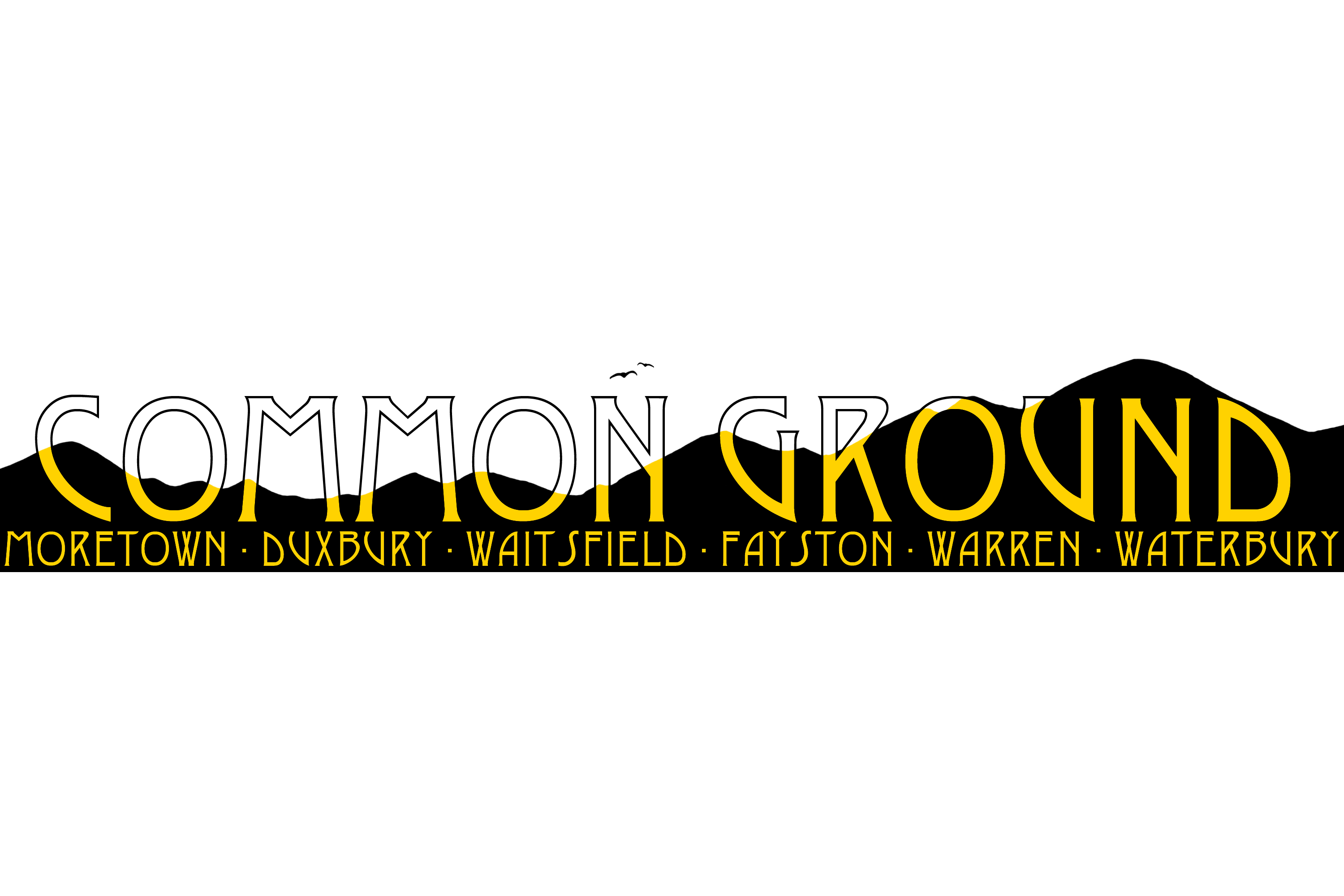In 2023, 34.7% of high school graduates, 1,181,863 people, took at least 1 AP Exam. Vermont ranks 14th by pass rate, ranking higher than 37 other states/U.S. territories, and having a better pass rate (22.6%) than the national average (21.7%).
AP Classes were initially created in 1952, and were passed along to the college board once invented. Since then, College Board offers 29 different AP courses. AP, standing for “advanced placement”. These courses tend to be harder year-long variations of other subjects, such as Physics, Calculus, Biology, and Chemistry. These courses are taught by teachers who tend to be up-to-date with the subject. The College Board does not require any certification, however, many teachers will still have special training, recommended by the College Board.
Harwood offers only twelve AP courses. Currently, these courses include AP Physics, Chemistry, Biology, Statistics, Calculus, Literature, Language, U.S. Government, Computer Science Principles, French, and Spanish. Harwood’s class sizes average around 12 people, depending on the year and course.
Students taking an AP Course have the option of taking the AP Exam (or in the circumstance of some courses, a special end of year assessment designed specifically for that course) in May. These exams cost between $98 dollars for most courses up to $146 dollars, with a $50 late fee (per exam) if you do not turn in your payment by the due date. These exams possibly allow a student to get college credit if they do well enough. The exams are graded on a scale of one to five, five being the best score. To get a five, you typically need to score a 70-75% on the topic. To pass with a 3, you need to score roughly 40-49% of the possible points. These brackets vary per subject, however, tend to be around the same ballpark.
The courses range in challenge, the hardest course (AP Physics 1), currently has a passing rate of only 45.6%, while the easiest course by pass rate last year is AP Seminar, with an 85% pass rate. The challenge of an AP course is often the initial shock of new concepts and the pace of the course in order to prepare for the AP exam at the end of the year.
The AP Courses provide a challenging experience in a subject, and helps students develop deeper ideas building on to other the prerequisite courses some students could have already taken. This is helpful for students who want to try to get a jumpstart on college level content, want to dig deeper into a subject they want to learn more about, such as a particular career path/field, or want a challenge.
If you score high on the exam at the end of the year in May, it could also allow a student to get college credit for the topic. According to Prep Scholar, a 5 means you are extremely well qualified, 4 means well qualified, 3 means qualified, 2 means possibly qualified, and a 1 means you aren’t qualified. The higher a student scores, the greater likelihood there is that they will be eligible for credit for the course. However, most colleges only accept 4s and 5s.
Although the AP courses could be beneficial to students trying to get early college credit or challenge themselves, the AP exam you need to take to possibly get college credit costs around $100. You also need to make a decision by November 15th (the 2024 due date) or you will be penalized with a $50 late fee per exam. For many students, it is necessary to take the exam to make the course worthwhile, and feels required for college bound students to make themselves stand out.
Even if you do well on the exam, that does not fully guarantee all universities/colleges will accept your score for credit, even if you get a 5. The uncertainty of receiving credit makes paying for the exam and taking it feel wasteful if you don’t get any credit for it.
The issues with AP Courses highlight issues within our education system, such as their unaffordable costs for some students, and the unequal access to courses for many. However, the college board provides a $36 dollar fee reduction for students who qualify for financial aid, helping to lower a portion of the exam cost.
The other option for Vermont high school students seeking challenge and possible college credit is dual enrollment. Students who take dual enrollment will embark on a semester-long college level course, taught in person or online by one of the local VT colleges who offer it. Dual enrollment is only a semester, so the class pace tends to be faster. It also isn’t likely to fit into your schedule as nicely as an AP course taught at your high school will. In addition, the majority of colleges actually prefer AP more often than dual enrollment, due to dual enrollment courses being unstandardized while AP courses are. However, people looking to avoid spending money on test fees might want to take advantage of the two free dual enrollment vouchers given to them.
In most cases, AP Courses are worth taking. If you like a challenge, want to go deeper into a topic in an advanced setting, want to get college credit early, or differentiate yourself from others applying to the same college/university, take an AP course.









